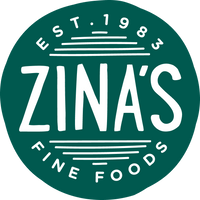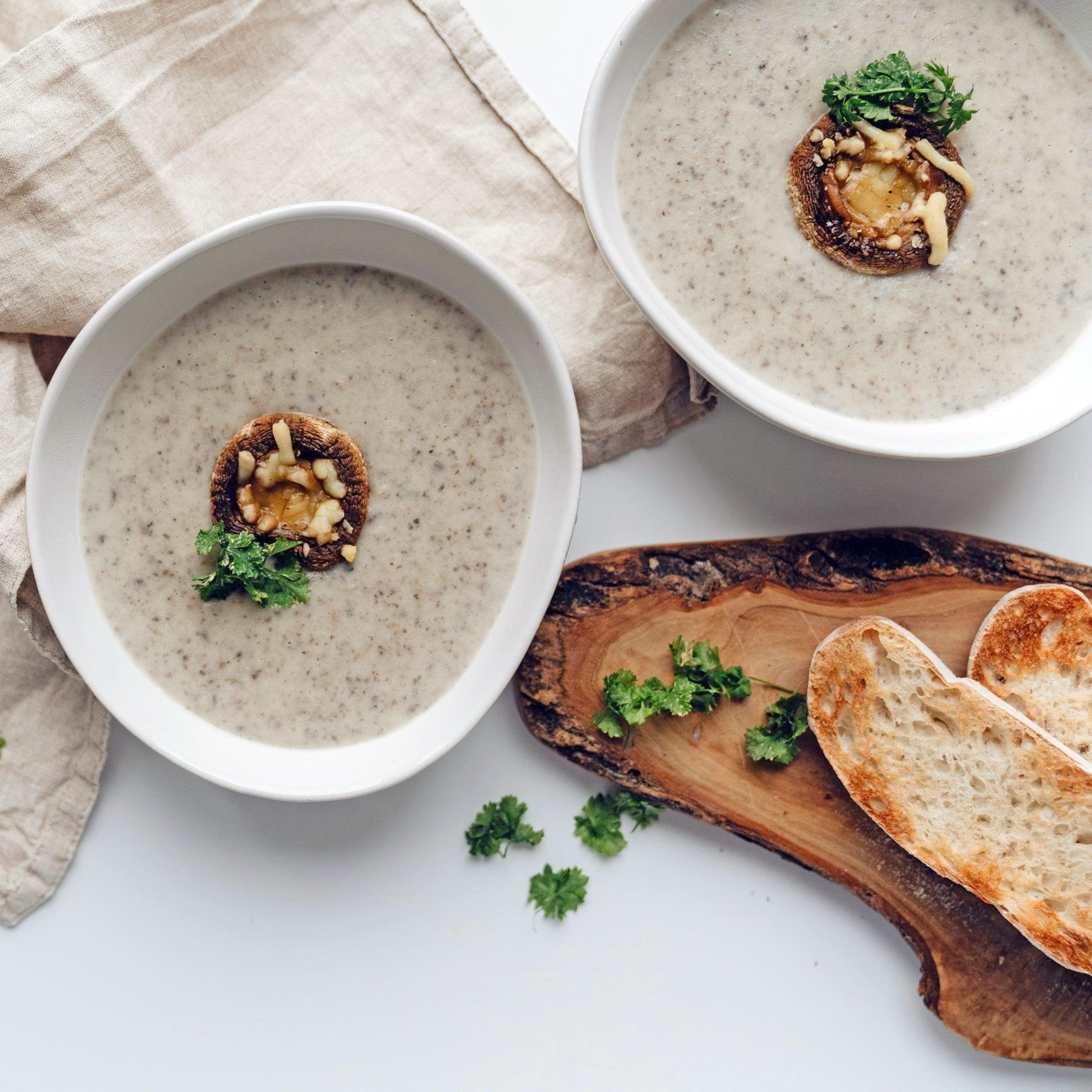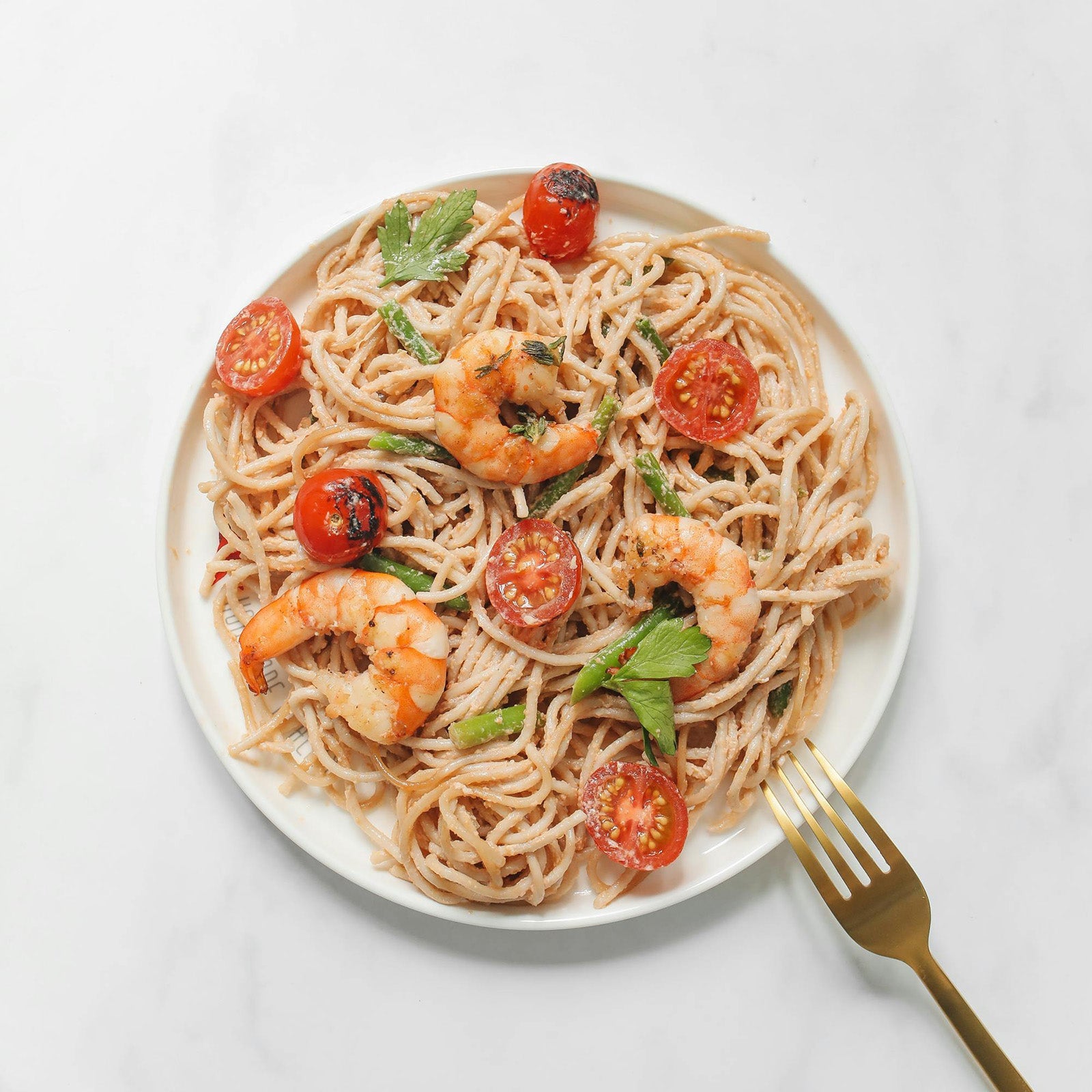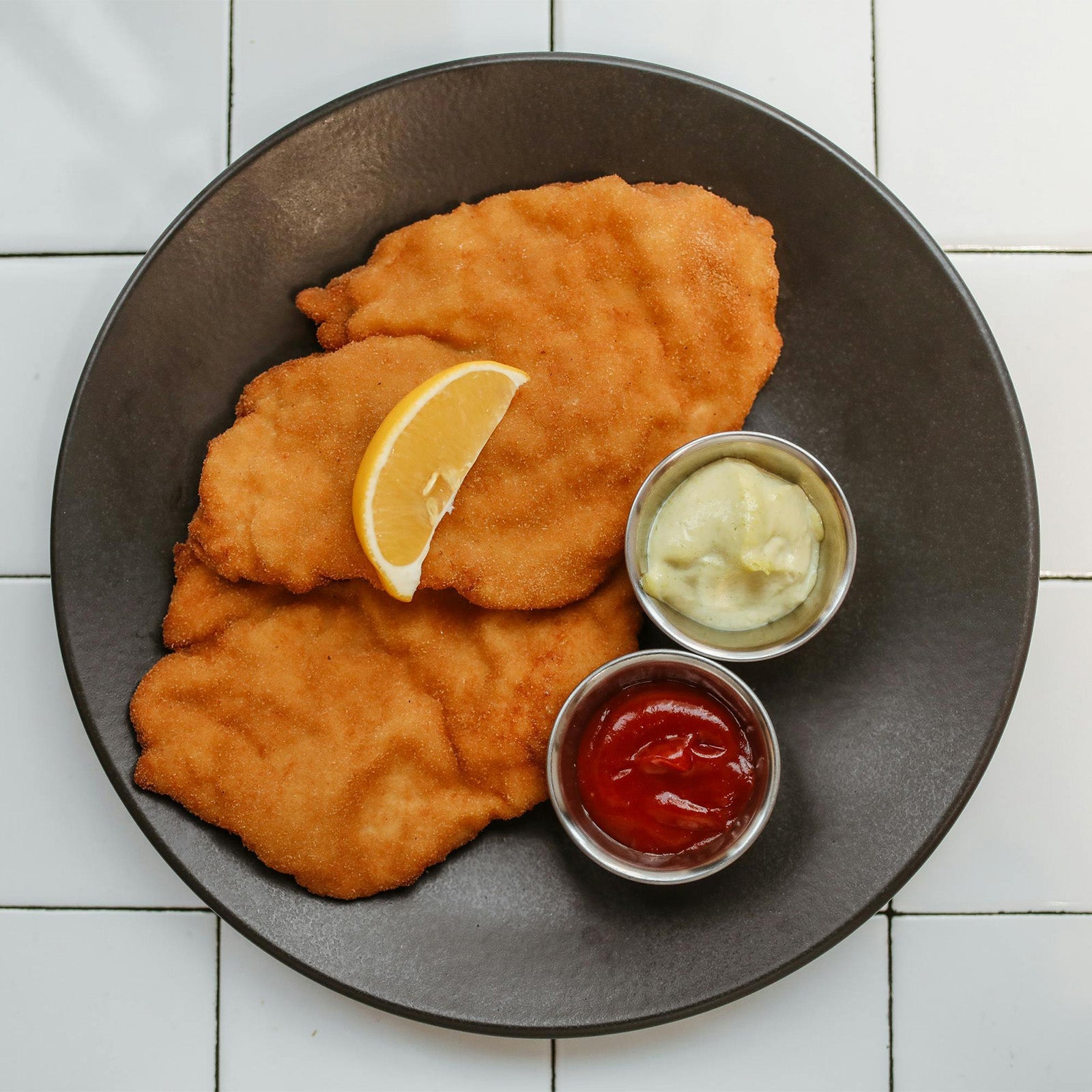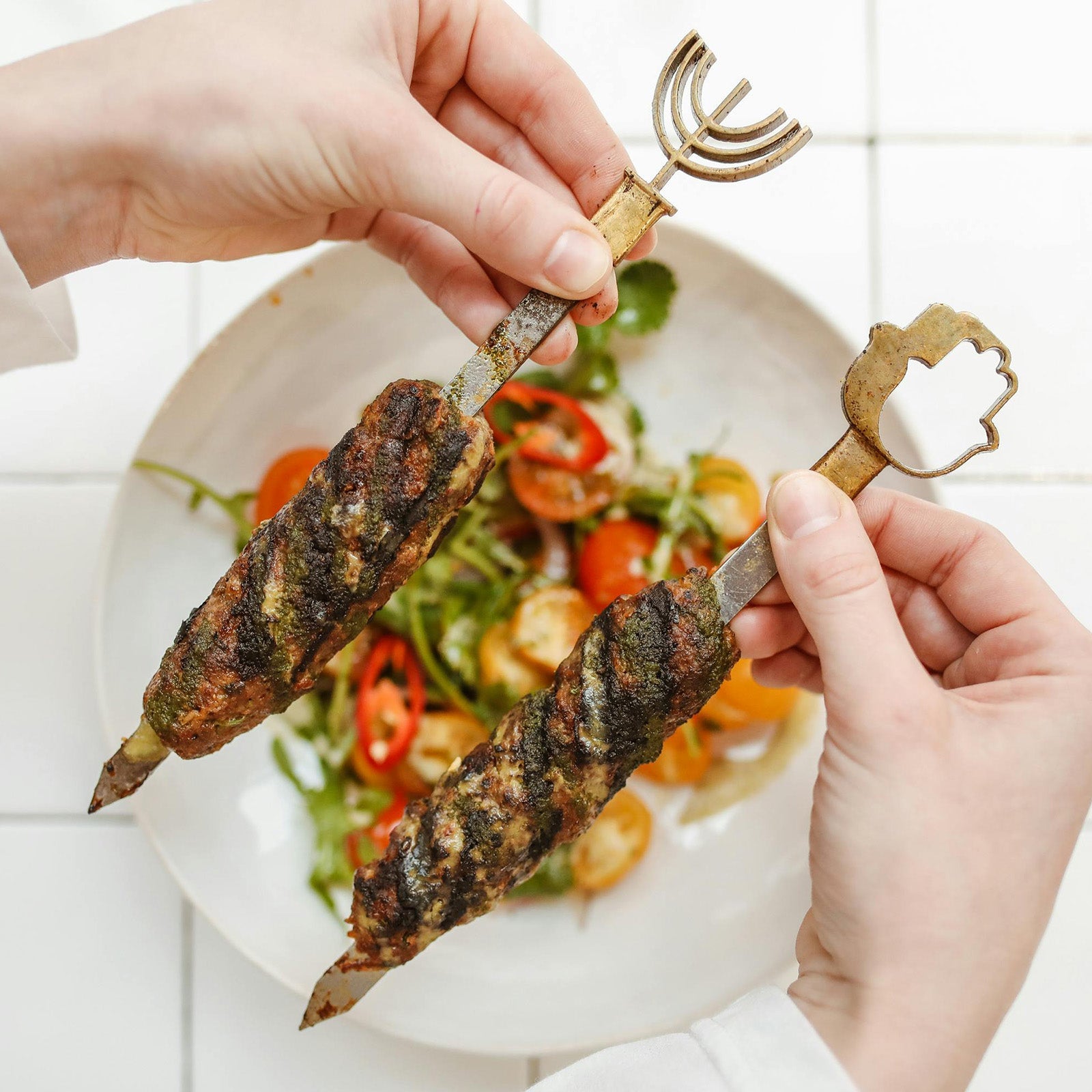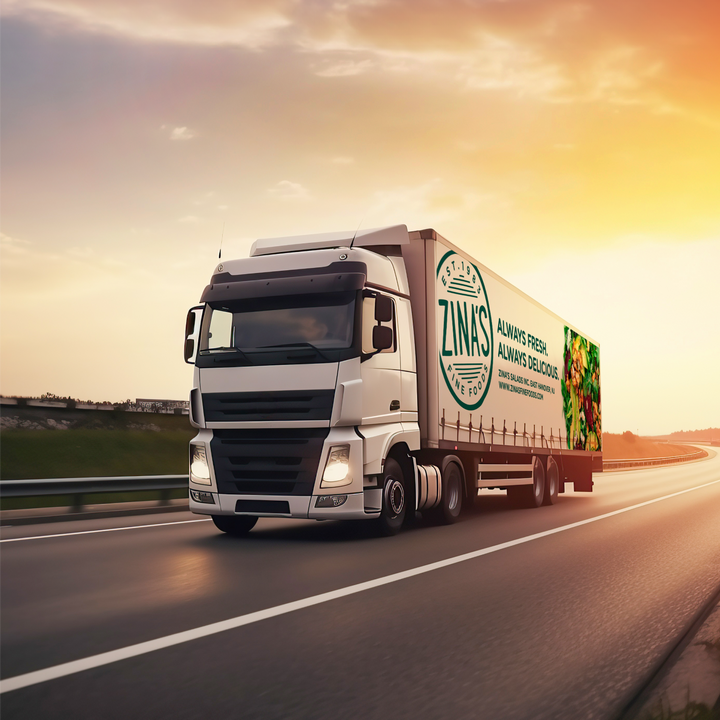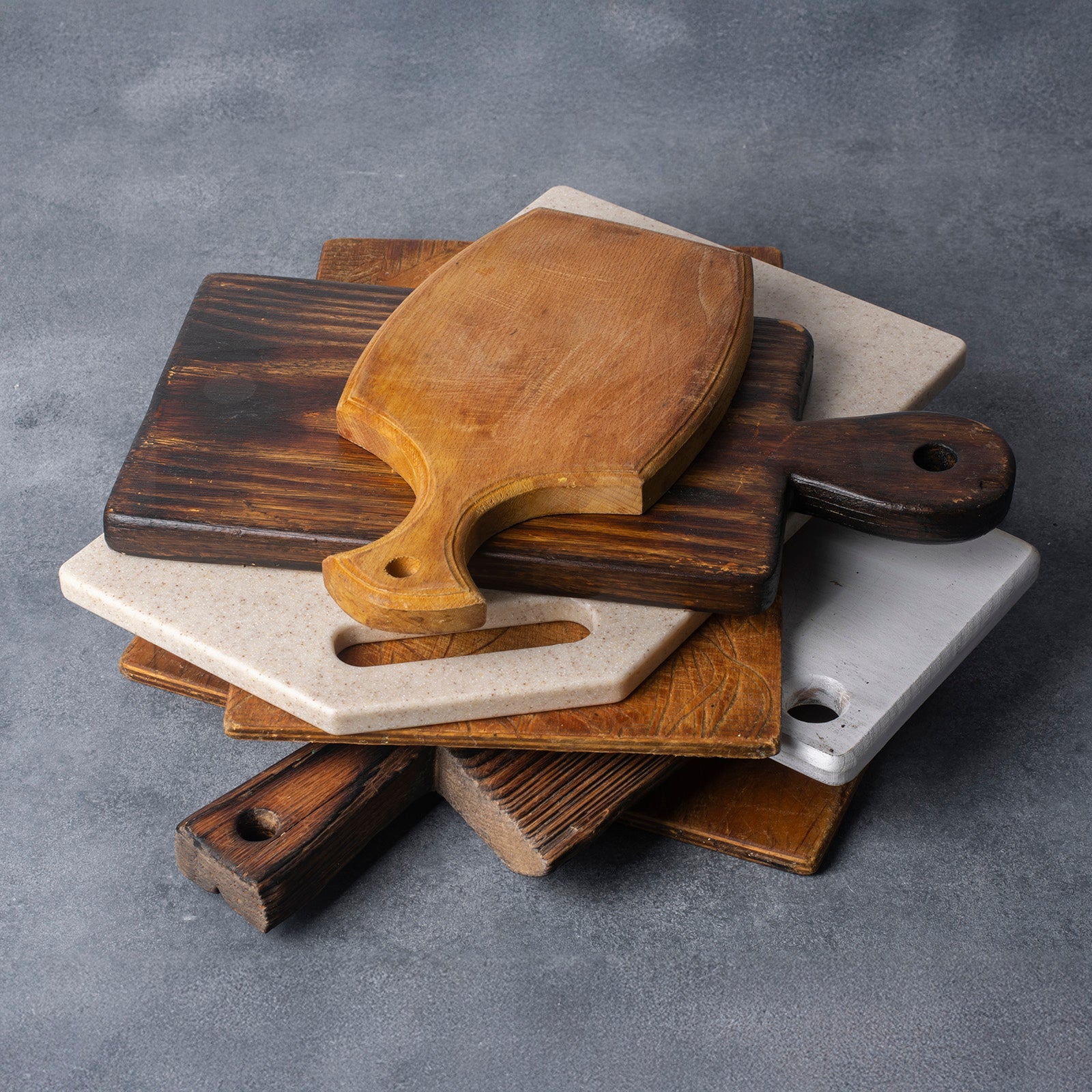
There are a few topics in food safety that divide professionals like nothing else. Cutting boards are one of them.
Ask ten chefs what kind of board they trust in their kitchens, and you’ll get ten confident answers—some citing tradition, others clinging to science, some just sticking with what their mentors told them twenty years ago.
At Zina’s, we’ve made our call: it’s plastic. And here’s why.
The Bacterial Myth
You’ve probably heard someone say wood is “naturally antibacterial.” And in a way, that’s true: certain hardwoods like maple have tight grain structures that can trap bacteria inside the wood and prevent it from spreading on the surface. That’s helpful if you’re cooking at home, cleaning immediately, and working at a controlled pace.
But in a production setting? That’s not how things work.
In large-scale food manufacturing, surfaces get used all day long. Boards get wet. Ingredients pile up. Cross-contamination risks multiply. A board that hides bacteria instead of allowing you to fully sanitize it is not your friend. You need something you can see, clean, sanitize, and inspect. And that’s plastic.
Sanitation and Systems
The FDA and USDA don’t ban wooden boards, but they require that food contact surfaces be “smooth, nonabsorbent, and easily cleanable.” Once a wood board has been knife-scarred a thousand times and soaked with brine or juice, it’s not easily cleanable. It’s a sponge with a job title.
At Zina’s, we use industrial-grade plastic cutting boards that are color-coded by ingredient and swapped out throughout the day. They’re run through our commercial sanitation systems at high heat. And when they start to degrade? We recycle and replace.
Wood doesn’t give you that option at scale.
Aesthetic vs. Operational Trust
We get it—wood looks great in photos. It’s what you want to see on your grandmother’s counter or next to a cheese plate. But food safety isn’t about aesthetic trust. It’s about operational trust. The kind that comes from surfaces you can test and systems you can prove.
Plastic can be sanitized. Monitored. Logged. Audited.
Wood, once it’s worn, can only be replaced—or ignored. And ignoring risk is not something we do.
Conclusion:
At Zina’s Fine Foods, we’re not here to win nostalgia points. We’re here to deliver safe, clean, and consistent food every single time. That starts with the tools we use—and cutting boards are no exception.
So if you’re wondering what your salad was prepped on, you can trust it wasn’t a charming old block of maple. It was something better: a board built for the job.
